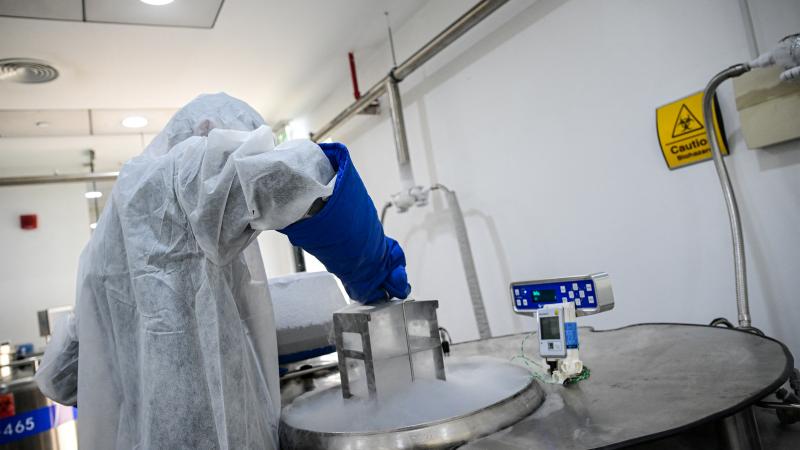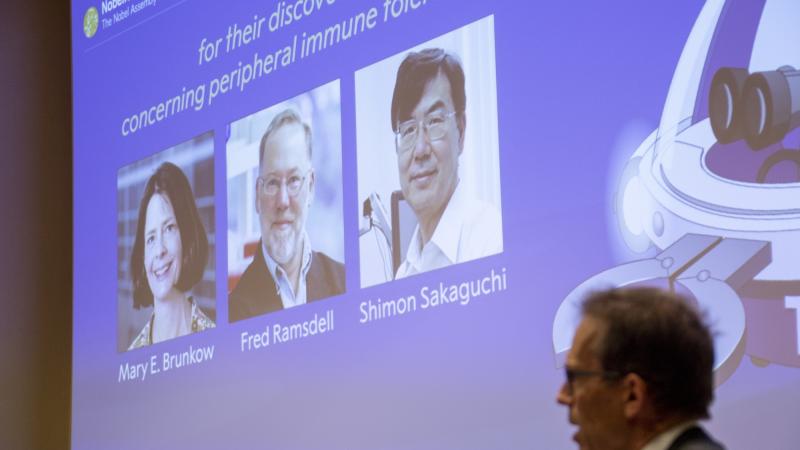Scientists announce successful growth of plants in soil brought back from moon
Breakthrough is step along the way to “life support within lunar stations."
Scientists this week announced a breakthrough in extraterrestrial botany in which earth plants were successfully grown in soil brought back from the surface of the moon.
The development, published in the journal Communications Biology, revealed that “the terrestrial plant Arabidopsis thaliana germinates and grows in diverse lunar regoliths,” what NASA defines as “a layer of unconsolidated debris” from the moon’s surface.
Arabidopsis thaliana, or the “mouse-ear cress,” is considered a weed by most botanists, but its growth in the lunar soil demonstrates that “plants can use lunar regolith as a primary substrate,” the study says.
The scientists in the study noted that “the lunar regolith plants were slow to develop and many showed severe stress morphologies.”
“The interaction between plants and lunar regolith will need to be further elucidated, and likely mitigated, to best enable efficient use of lunar regolith for life support within lunar stations,” they wrote.
















